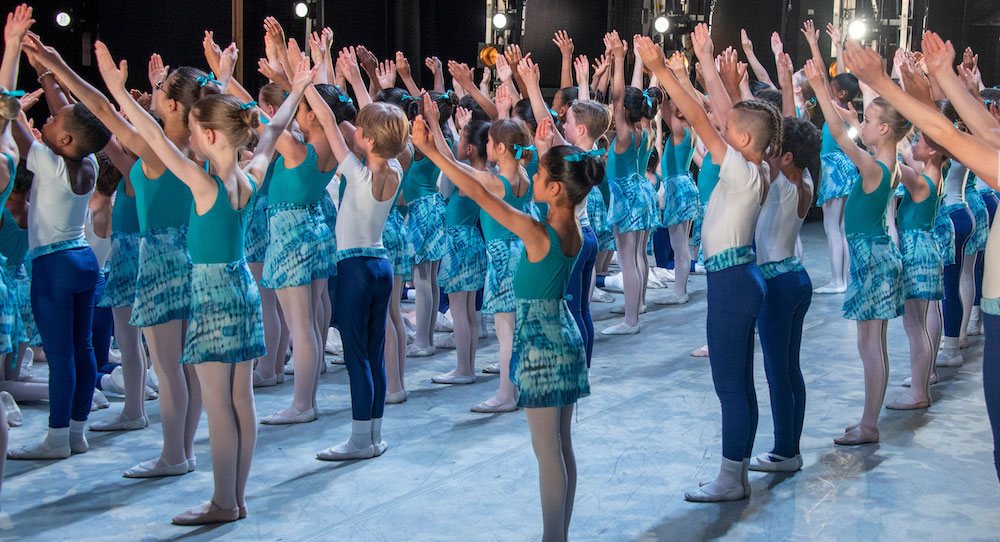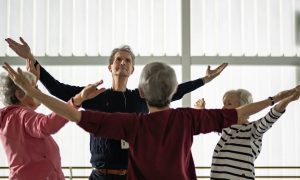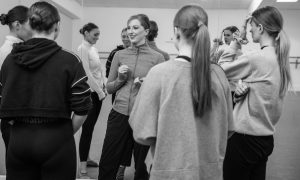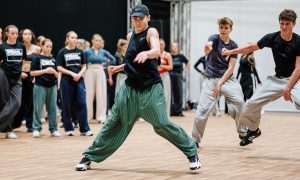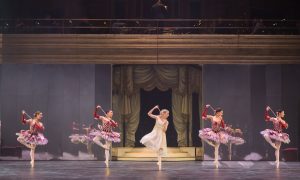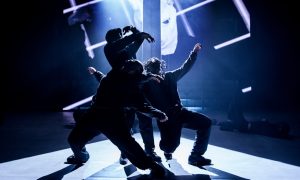It is such a common young child’s dream – to be a ballerina, to dance on a big, big stage, to be the lead in a story ballet, to be the dancer lifted high, to be the dancer who does multiple turns and leaps so high. But not every child has access to even getting a glimpse of this dream, and to be a dancer requires serious training, often from a young age.
In 1997, the Birmingham Royal Ballet (BRB) launched Dance Track, a talent identification programme aimed at training young dancers aged six to eight. Dance Track endeavours to introduce ballet and dance, and the BRB company, to local communities in Birmingham, and to make ballet accessible to these communities. The programme identifies and nurtures young participants showing a potential for ballet, and provides ballet training that is relevant and accessible for children from culturally diverse backgrounds. And above all, Dance Track aims to convey a love of dance and its benefits across all areas of life, says Rebecca Brookes, Head of LEAP.
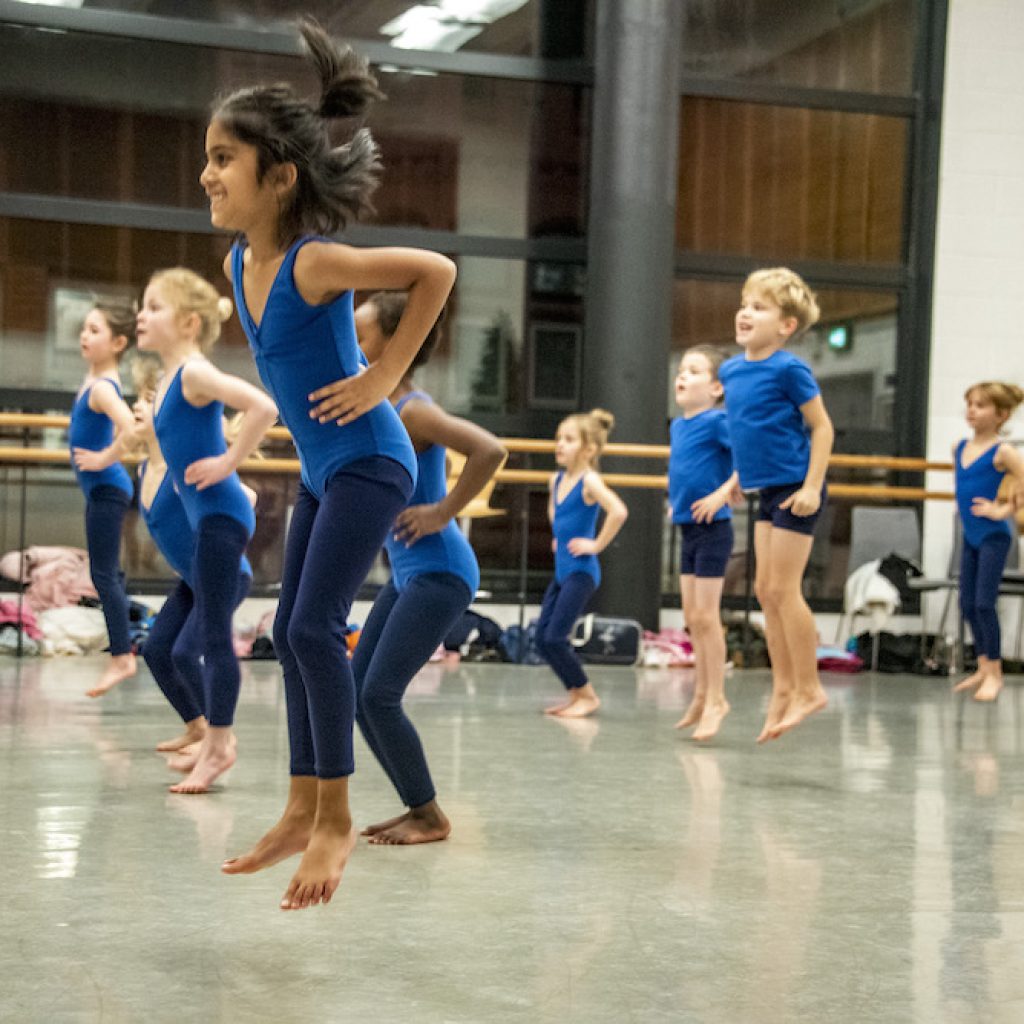
BRB identifies these young children through a series of workshops in primary schools. “These children are usually musical and have a good movement quality, are athletic and flexible, show an ability to copy shapes and steps, show focus and an enjoyment of the activity,” Brookes explains. “Children who have these abilities will be invited to attend a second workshop at Birmingham Royal Ballet studios.”
From there, about 100 boys and girls from affiliated north, central and south schools are invited to join the weekly training programme. Most of these children have no prior dance experience, but in Dance Track, they not only learn about dance but also about self-discipline, independence, being a creator and being an audience member, all life skills and qualities that can help them become a well-rounded person.
The weekly Dance Track classes take place at BRB’s studios and at Pannel Croft Care Village. The classes train the young dance students’ dance and music skills, as well as concentration. “They practise exercises to develop the strength in their muscles and their co-ordination skills,” Brookes says. “They also learn about ballet as a performance art, involving dance, drama, music and design.”

In addition to their weekly classes, Dance Track students get to meet BRB company dancers and see professional performances, experiences that are important for inspiring this next generation of dancers but that aren’t always accessible to all communities.
“The first years are always given tickets to see The Nutcracker, such a magical and inspiring ballet,” Brookes shares. “When the Dance Track students see the professionals dance on stage, it is awe-inspiring, and it develops their love and aspirations to train and become as good as the ballerinas flying through the air, the various characters, the set changes and the exquisite costumes.”
Brookes continues, “For nearly all of our shows, we are able to offer reduced price tickets for the whole Dance Track cohort to experience more than just Nutcracker. It is so important to introduce them to not only the classics, but the more modern ballets, so that they get to understand how important it is to learn various genres of dance. We have recently introduced both jazz and contemporary workshops for our Dance Track Plus students, and these have been gratefully received.”
At the end of a Dance Track participant’s first year, staff identifies who has really developed in skill, commitment and knowledge, and those dancers are invited back for another year of training. These second year students all get the opportunity to audition for the Associate programmes of The Royal Ballet School (Junior Associates) and Elmhurst Ballet School (Young Dancers Programme). If the audition is successful, then those students automatically graduate onto Dance Track Plus, where they study for another three years. Dance Track Plus dancers then train in two ballet lessons a week.

“All of the children, whether in their first year or fifth, receive free uniform and free lessons, as well as the opportunities that being in a working professional ballet company brings,” Brookes says.
Current BRB dancers Oscar and Marlo Kempsey-Fagg went through the Dance Track, followed by ballet school and now their professional performance career. And they are just one success story.
“I got free ballet classes for five years,” Oscar shares. “So from the age of six to 11, and that’s where all the dancing took off.”
Marlo adds, “[Dance Track] changed both our lives and brought us to places that we never really knew about.”
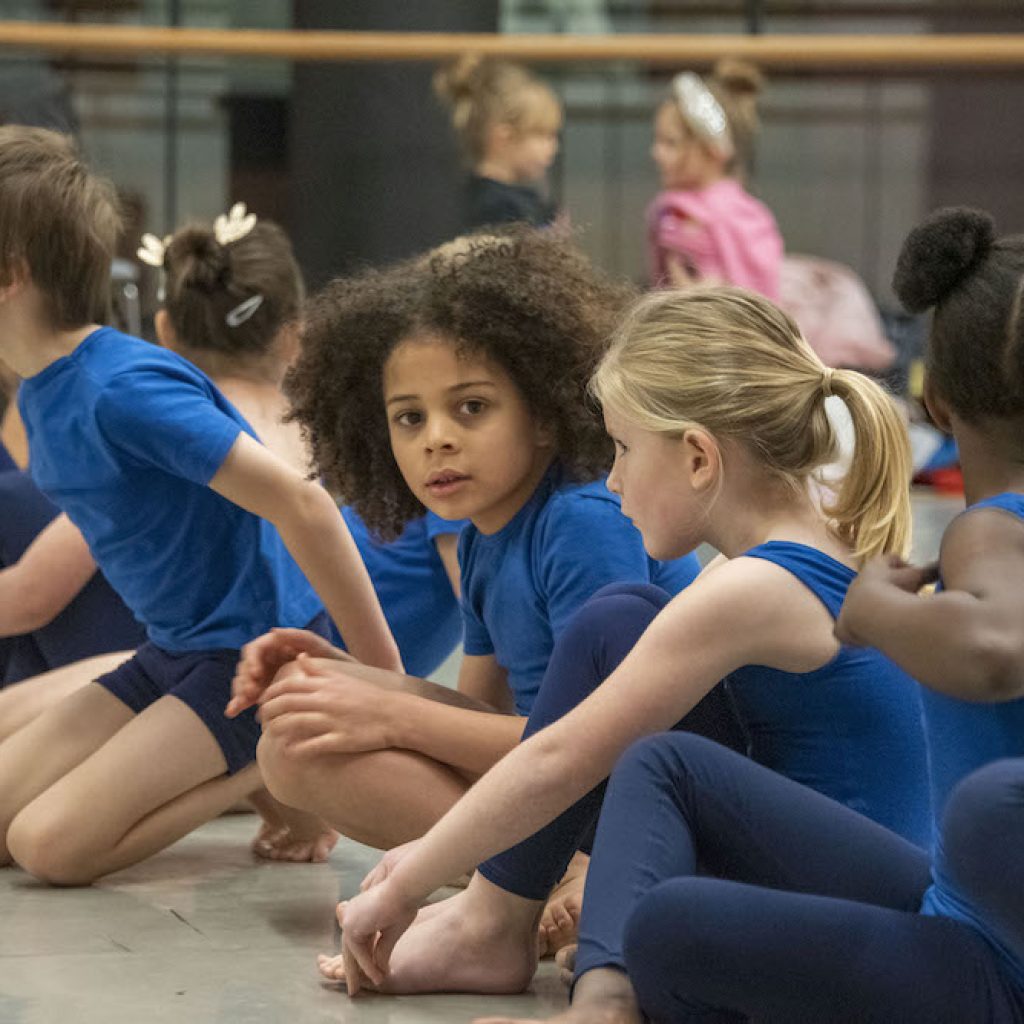
“Dance Track is such a special programme and really does create well-rounded young individuals who we know go on to be successful in many areas of life,” Brookes says. “Some have joined the army, work in a bank, one young boy became a water polo player for Great Britain as well as many other successes. There are of course those that graduate to ballet school, and we see them flourish and go on to dance professionally, and we also have those who were offered places at ballet school and declined as they obtained a musical, academic and sports scholarships to a top Grammar School.”
Brookes continues, “One parent in particular told me that they never knew what ballet was until the workshop in their primary school. Dance Track does change peoples’ lives, and that is at the heart of everything that we do.”
For more information on Dance Track, visit www.brb.org.uk/get-involved/dance-track.
By Laura Di Orio of Dance Informa.


